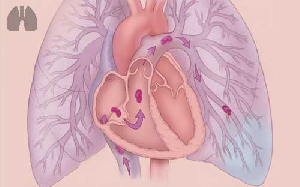
The CRyPTIC Consortium
European Respiratory Journal 2022; DOI: 10.1183/13993003.00239-2022
Abstract
Drug susceptibility testing of M. tuberculosis is rooted in a binary susceptible/resistant paradigm. Whilst there are considerable advantages in measuring the minimum inhibitory concentrations (MICs) of a panel of drugs for an isolate it is necessary to measure the epidemiological cutoff values (ECOFF/ECVs) to permit comparison with qualitative data. Here we present ECOFF/ECVs for 13 anti-TB compounds, including bedaquiline and delamanid, derived from 20 637 clinical isolates collected by 14 laboratories based in 11 countries on five continents. Each isolate was incubated for 14 days on a dry 96-well broth microdilution plate and then read. Resistance to most of the drugs due to prior exposure is expected and the MIC distributions for many of the compounds are complex and therefore a phenotypically wild-type population could not be defined. Since a majority of samples also underwent genetic sequencing, we defined a genotypically wild-type population and measured the MIC of the 99th percentile by direct measurement and via fitting a Gaussian using interval regression. The proposed ECOFF/ECV values were then validated by comparing to the MIC distributions of high-confidence genetic variants that confer resistance and to qualitative drug susceptibility tests obtained via Mycobacterial Growth Indicator Tube and the Microscopic-Observation Drug-Susceptibility assay. These ECOFF/ECV values will inform and encourage the more widespread adoption of broth microdilution – this is a cheap culture-based method that tests the susceptibility of 12–14 antibiotics on a single 96-well plate and so could help personalise the treatment of tuberculosis.
Footnotes
This manuscript has recently been accepted for publication in the European Respiratory Journal. It is published here in its accepted form prior to copyediting and typesetting by our production team. After these production processes are complete and the authors have approved the resulting proofs, the article will move to the latest issue of the ERJ online. Please open or download the PDF to view this article.
This is a PDF-only article. Please click on the PDF link above to read it.
- Received October 27, 2021.
- Accepted February 22, 2022.
- Copyright ©The authors 2022.














